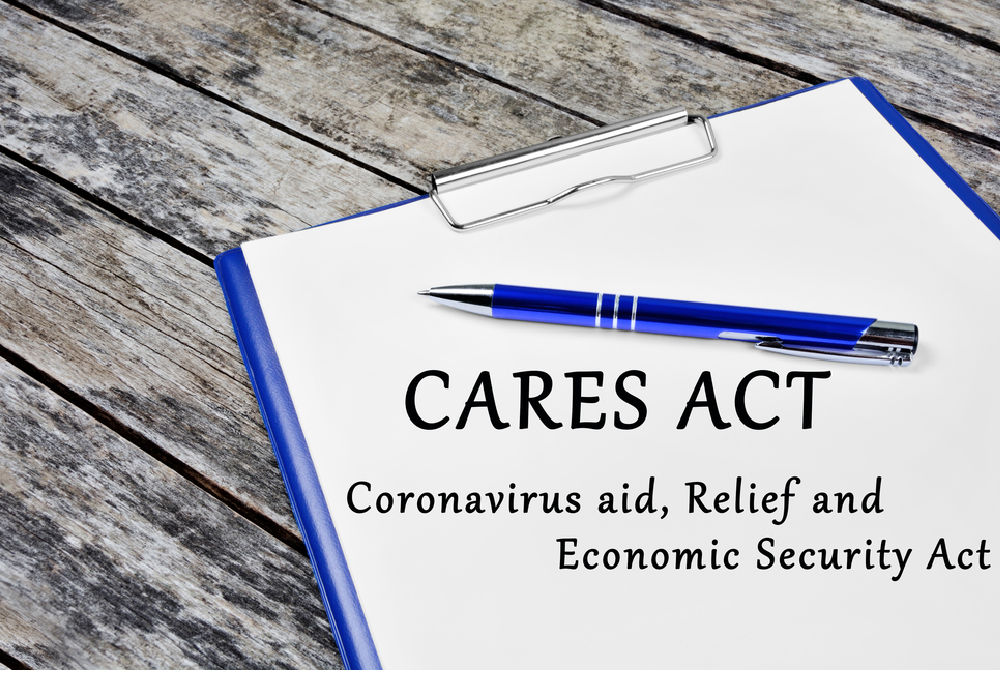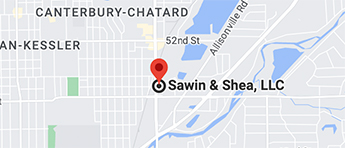At the start of 2020, Americans and individuals all over the world were affected by the pandemic. While the government created programs to assist those financially affected—such as the CARES Act—many who were already struggling before the hit of COVID-19 fell even further into debt. Though enacting the CARES Act helped, those dealing with hefty mortgage payments and considering bankruptcy, for example, weren’t entirely clear on their options.
Normally, filing for a mortgage forbearance is a reasonably straightforward process. You would have simply contacted your lender and provided any necessary documentation for them to determine your eligibility for reduced or paused payments until you got back on your feet. With the CARES Act, asking for forbearance was made even more simple due to the fact that most individuals were universally suffering from pandemic-related hardships. However, the situation was a bit more complicated for those already in bankruptcy or considering it.
What is the CARES Act?
After the pandemic hit and it was evident that Americans were struggling to make ends meet, the government took action and enacted the CARES Act. The Coronavirus Aid, Relief, and Economic Security (CARES) Act (2020) was created to provide relief and assistance for workers, families, small businesses, and other industries. Through this act, a number of programs were implemented to directly address specific issues related to the onset of the pandemic. One such program was the COVID hardship forbearance program.
How Does the CARES Act Affect My Ability to Seek a Mortgage Forbearance?
The COVID hardship forbearance program is available to most individuals suffering financial hardship. However, there are some stipulations. To be eligible, you must:
- be experiencing financial hardship directly or indirectly related to the COVID-19 pandemic
- have a federally backed HUD/FHA, VA, USDA, Fannie Mae, or Freddie Mac loan
*If your mortgage is not federally backed, you would need to check with your service provider as they may offer other similar options.
Outside of Bankruptcy:
For those not dealing with bankruptcy, the CARES Act allows those affected by the pandemic to ask for forbearance to suspend payments on their federally-backed mortgage loan for up to six months. In some situations, borrowers may be able to extend the forbearance for an additional six months.
Due to the CARES Act, lenders must allow this forbearance if borrowers meet the two conditions listed above. This act ensures that extra interest and fees will not accrue during the forbearance, and the borrower’s credit rating will not be affected.
While in Bankruptcy:
For borrowers in a Chapter 13 bankruptcy or considering filing for bankruptcy, the situation can vary depending on the jurisdiction. However, when the CARES Act was passed, new language was added to the bankruptcy code that may allow those in mortgage forbearance to still file for bankruptcy.
While the bankruptcy code does not have any clear guidelines for this particular situation, considerations may be made based on your local district’s bankruptcy court regulations. Generally, when changes are made to a Chapter 13 repayment plan, such as a mortgage forbearance, all parties must be notified. This includes all creditors, the Debtor’s attorney, the servicer, and the Chapter 13 trustee.
How to Provide a Temporary Mortgage Forbearance Notice While in Chapter 13 Bankruptcy
Currently, there are no set rules for how to give notice of forbearance for those affected by the pandemic while already in or considering bankruptcy. However, the National Association of Chapter 13 Trustees recently provided a few basic options for how mortgage lenders can go about the process:
- File a general notice with the bankruptcy court on the docket indicating the terms of the forbearance.
- File a general notice on the claims register outlining the terms of the forbearance.
- Send a physical letter to the Chapter 13 trustee, the bankruptcy filer, and all other interested parties indicating the forbearance terms.
- File a notice of payment change on the bankruptcy court claims register outlining the forbearance terms.
Of the options above, there is no right or wrong choice. Each option will come with its own set of advantages and disadvantages depending on your locality. Services should utilize whichever option works best for them and the local bankruptcy district.
How Sawin & Shea LLC Can Help
At Sawin & Shea LLC, we understand how devastating the pandemic has been, especially for those who were previously struggling and considering bankruptcy. Our team has years of experience helping those suffering from unmanageable debt. We believe in providing compassionate and understanding representation to all of our clients. Our attorneys have experience in bankruptcy cases and are here to help you through the process every step of the way. Contact us for a free debt relief consultation.



